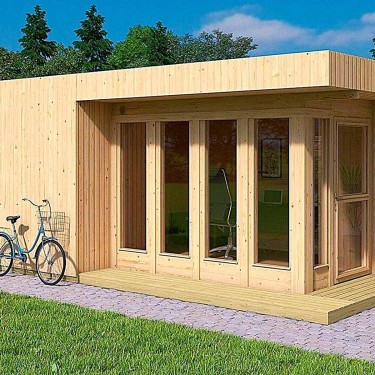If your idea of DIY involves pulling out your credit card, then this checklist is not for you. If you're building a second home and are as involved as we would be, then this checklist can help prepare you for the process, from soil testing to painting the kitchen.
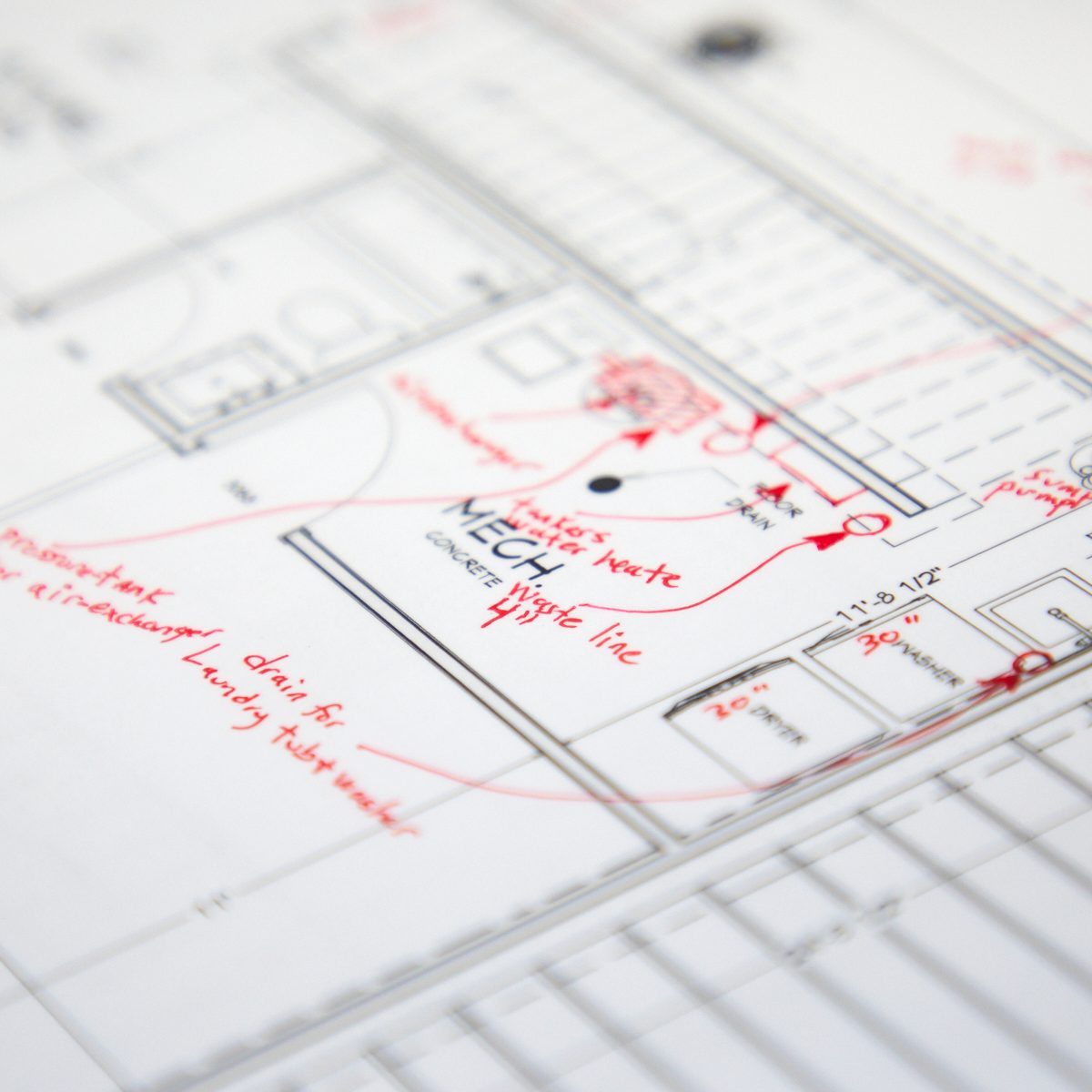
Contractor or Owner-Builder
Start by getting approved to serve as Owner-Builder — or, better yet, hire a pro. It’s possible in most states to build your own home, but hiring a licensed contractor will ease so much of the building process, especially pulling all the necessary permits. And you can still do some of the work yourself to save money and satisfy your DIY itch.
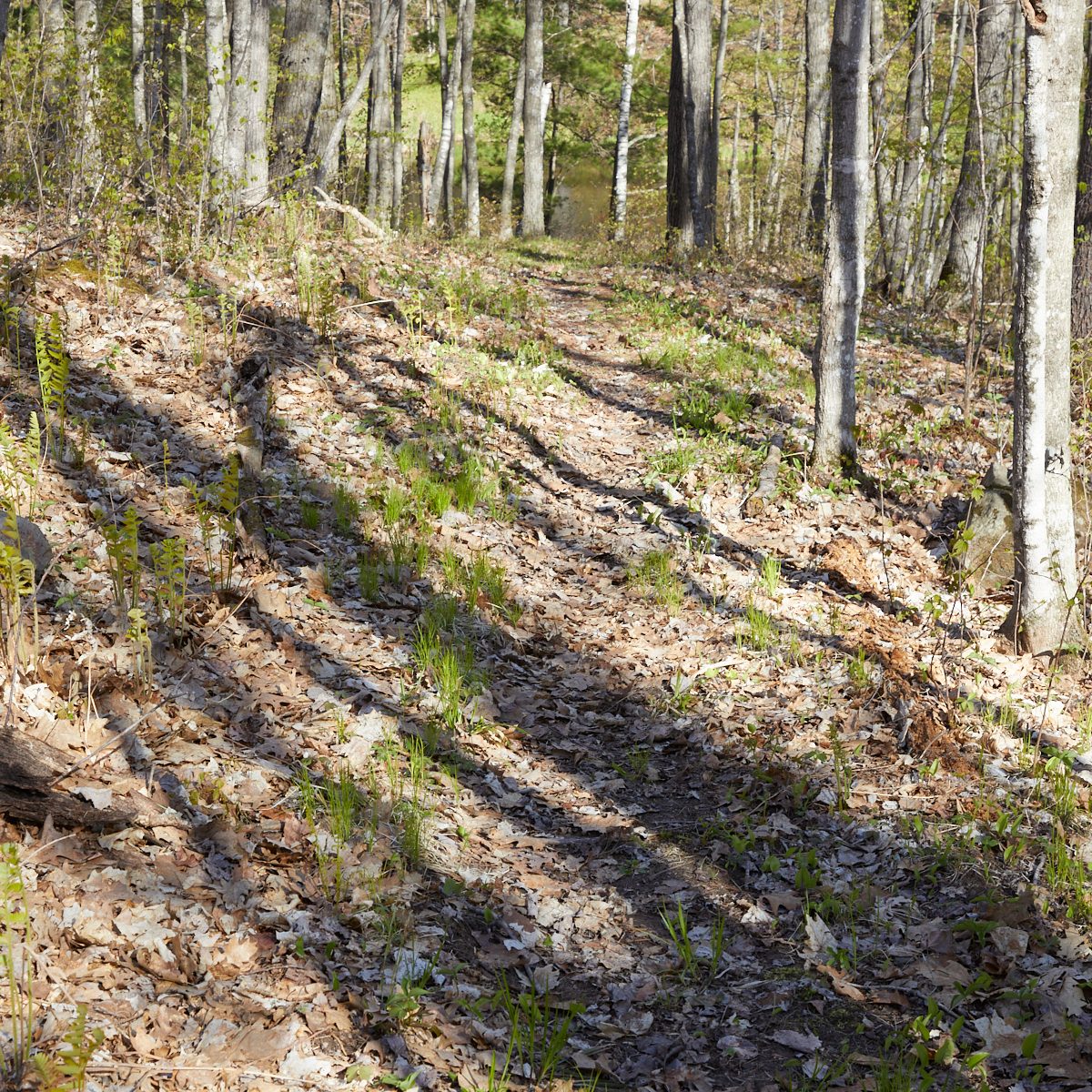
Location Check
Depending on your location, the build site could require special checkups on lot lines and easements. If you have clearly defined neighbors’ lots, this is easy. If you’re in a more remote location or your “neighbor” is a state park or national forest, pay attention to environmental items that might dictate fencing needs or other construction steps.
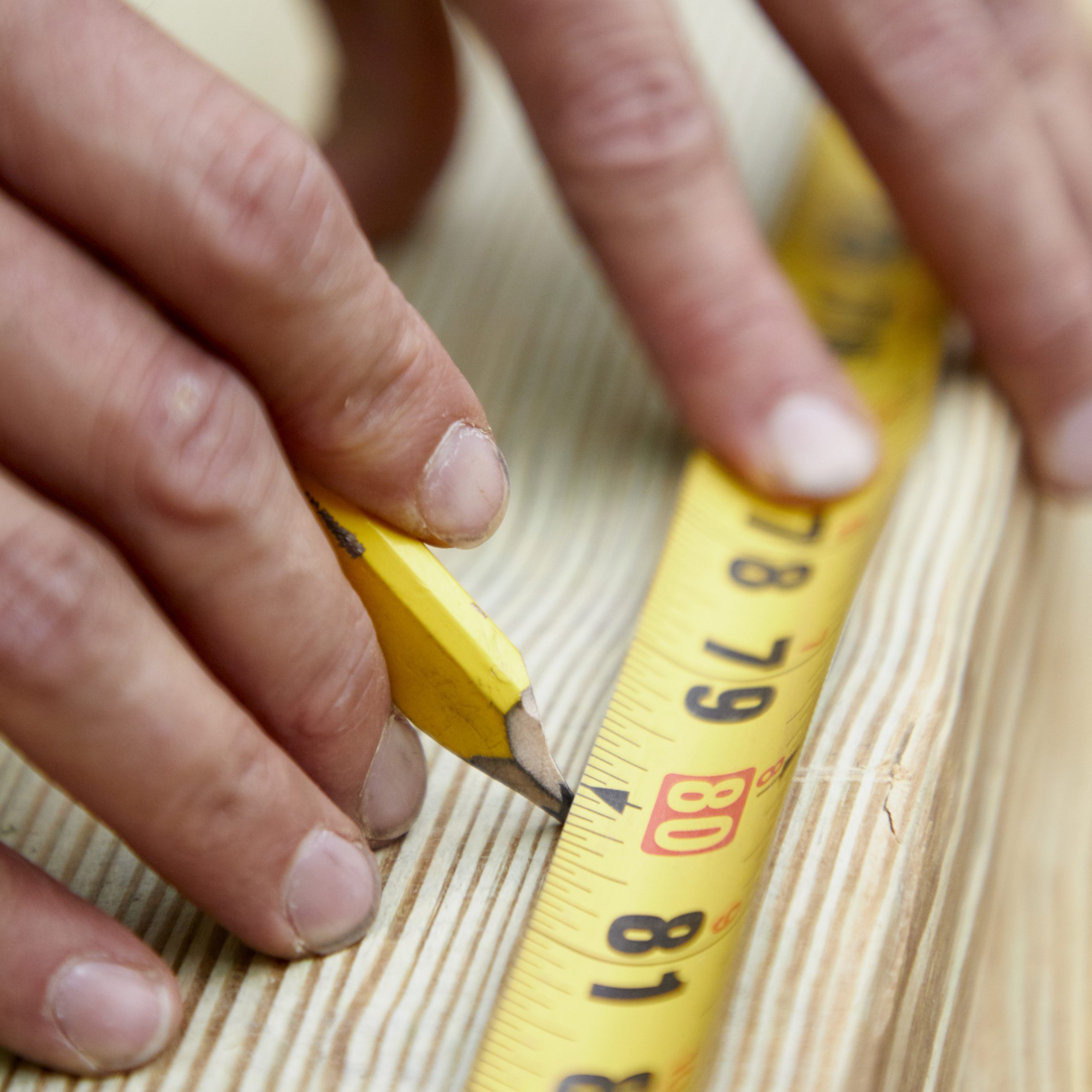
Hiring a Contractor
Choose a contractor with local experience and knowledge of local tradespeople and materials sources. Make sure the contractor is licensed, bonded and insured. And choose one you’ll enjoy working with; you’ll spend lots of time with your contractor, on the phone and in person. You should like them and communicate well.
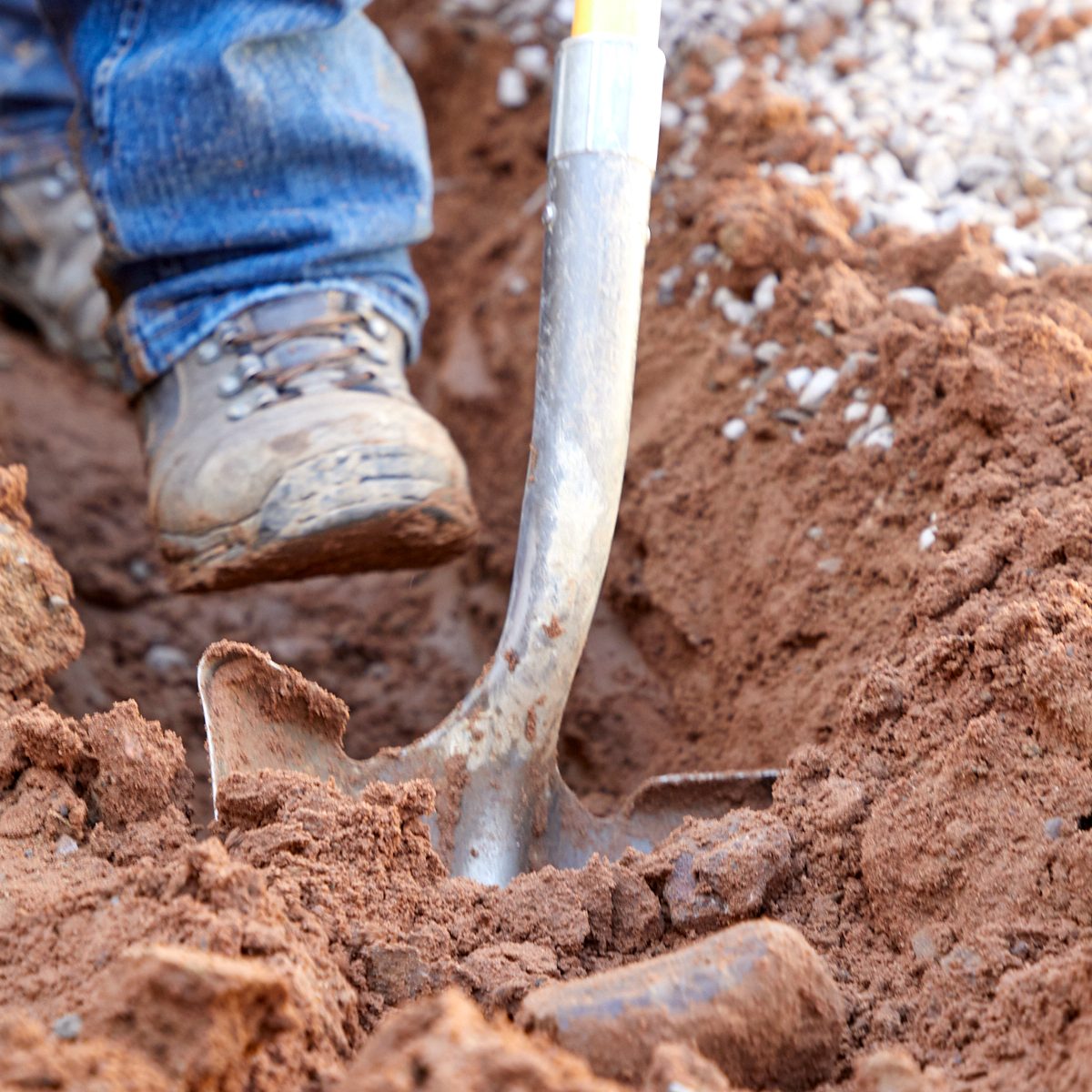
Soil Test
Long before your septic system is installed, you need to have a soil test performed. The composition of the soil will determine the proper design and installation of the septic system.
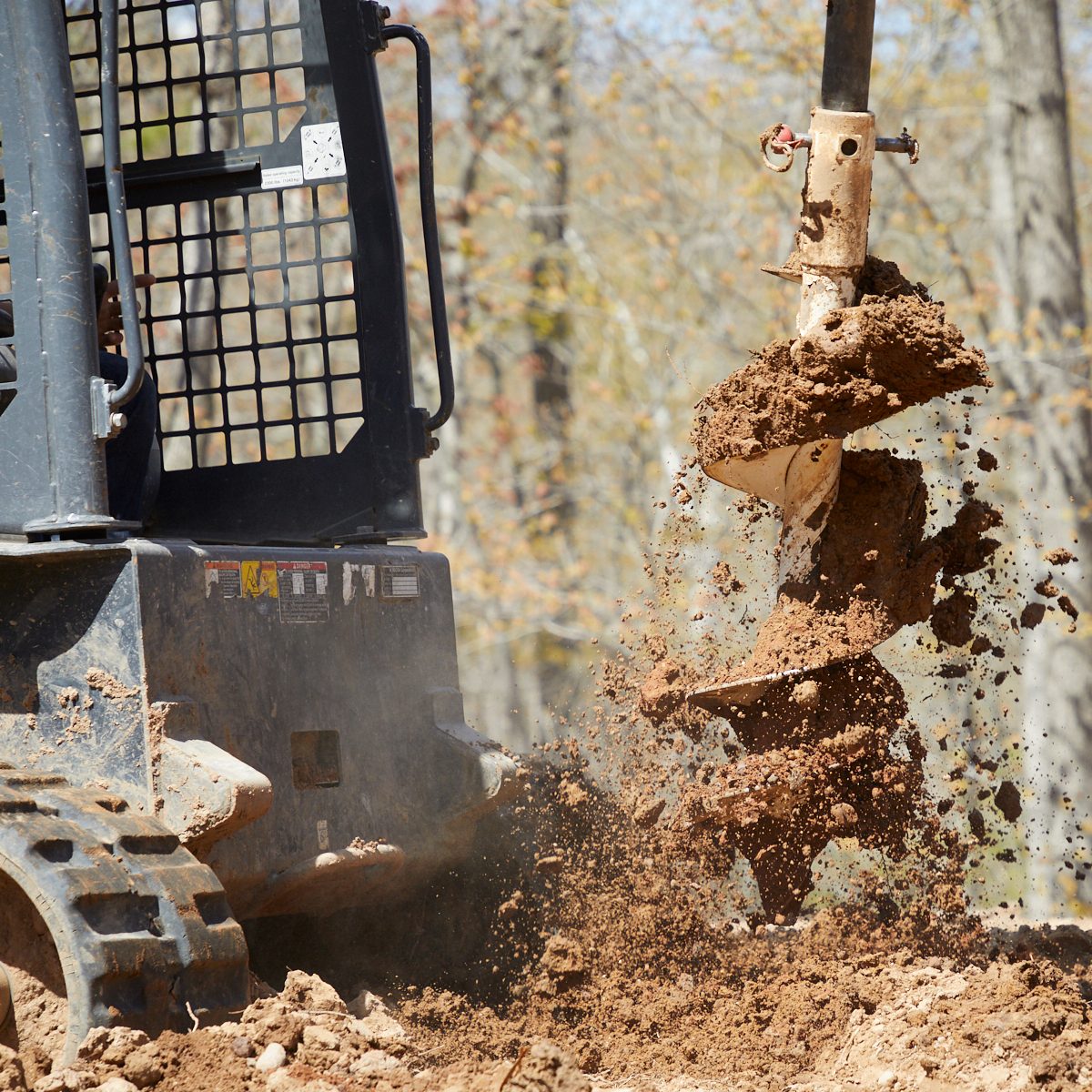
Engineering a Well
It’s not just about drilling until you hit water. A well as a water source requires engineering for proper location, depth, pump size and structural needs. You’ll need the right permits, too. Schedule this work early.

Budget Review
You’ll do this a few times in your building process, so the key here is flexibility in the amount of spending and in the timing of expenses. You can find ways to save by doing certain work yourself, and formulating a plan to upgrade later if you want to.

Loan Application
If you’re borrowing money to build your vacation home, get the loan approved early and make sure you can access the necessary funds when needed. Subcontractors often require payment in advance, and you don’t want payment issues delaying your project.
Note: The general contractor you hire will take care of many items on this list, but it’s good to know what’s happening next.
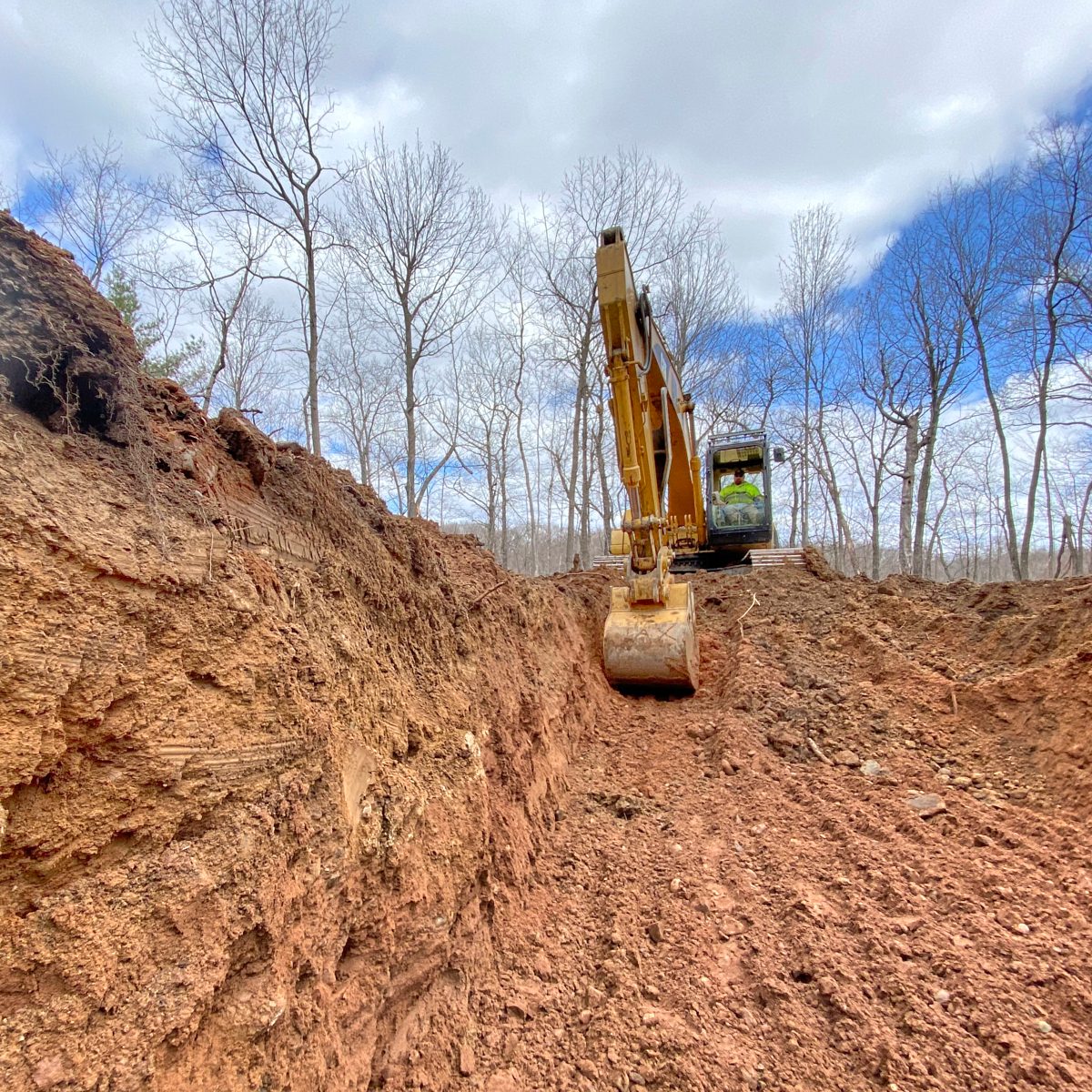
Site Prep
As youclear your property to begin the excavation, take this last opportunity to check the orientation of your design on the property. You’ve probably looked at this on the plans several times, but once you begin digging to set up the foundation, the building is essentially underway. Always good to double check.
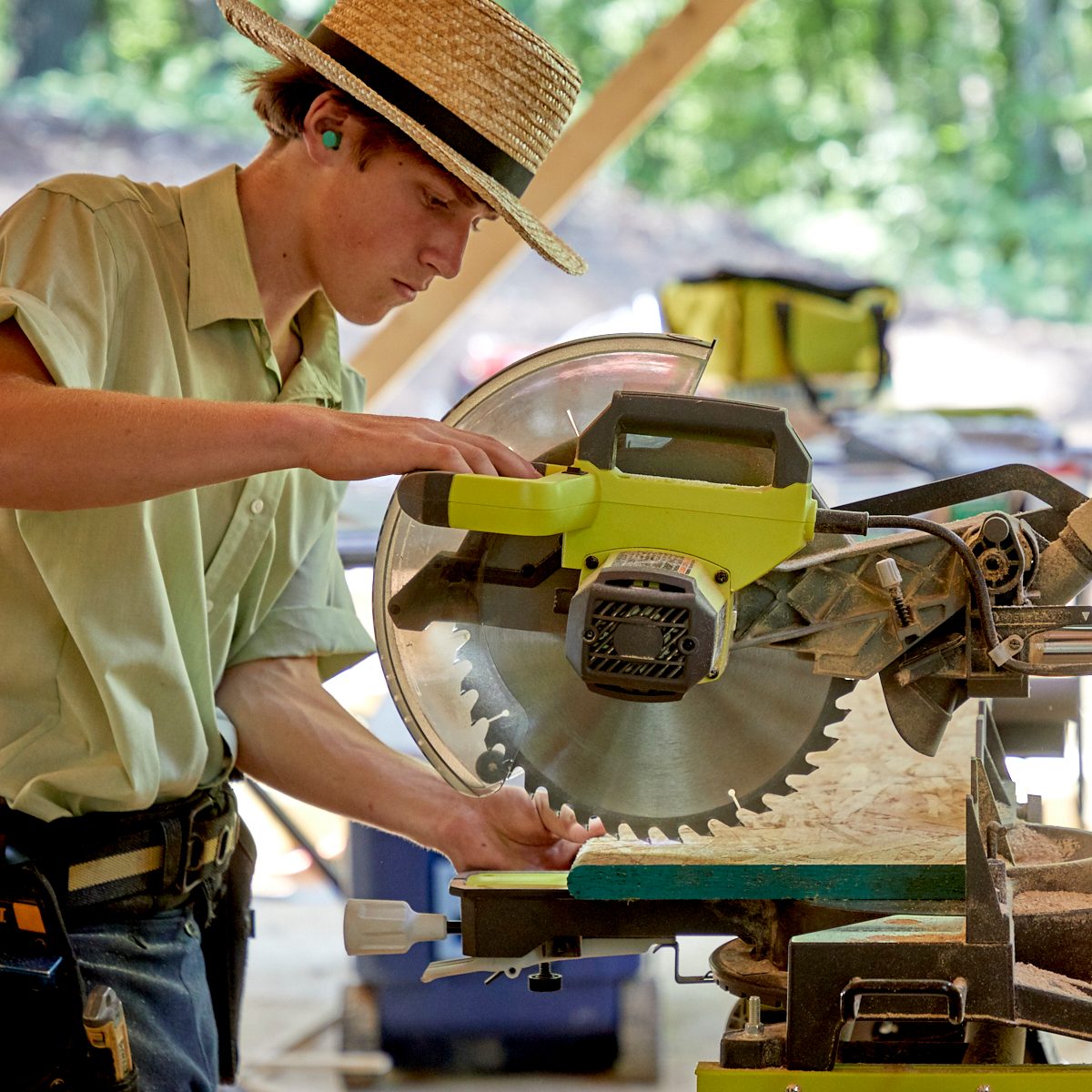
Temporary Services
Work with the local utility providers to set up temporary electrical and water service, if necessary. You may want to arrange a short-term internet connection as well.

Insurance Needs
As subcontractors begin arriving on your site for work, check your insurance and theirs. It’s a good idea to review safety protocols, too.
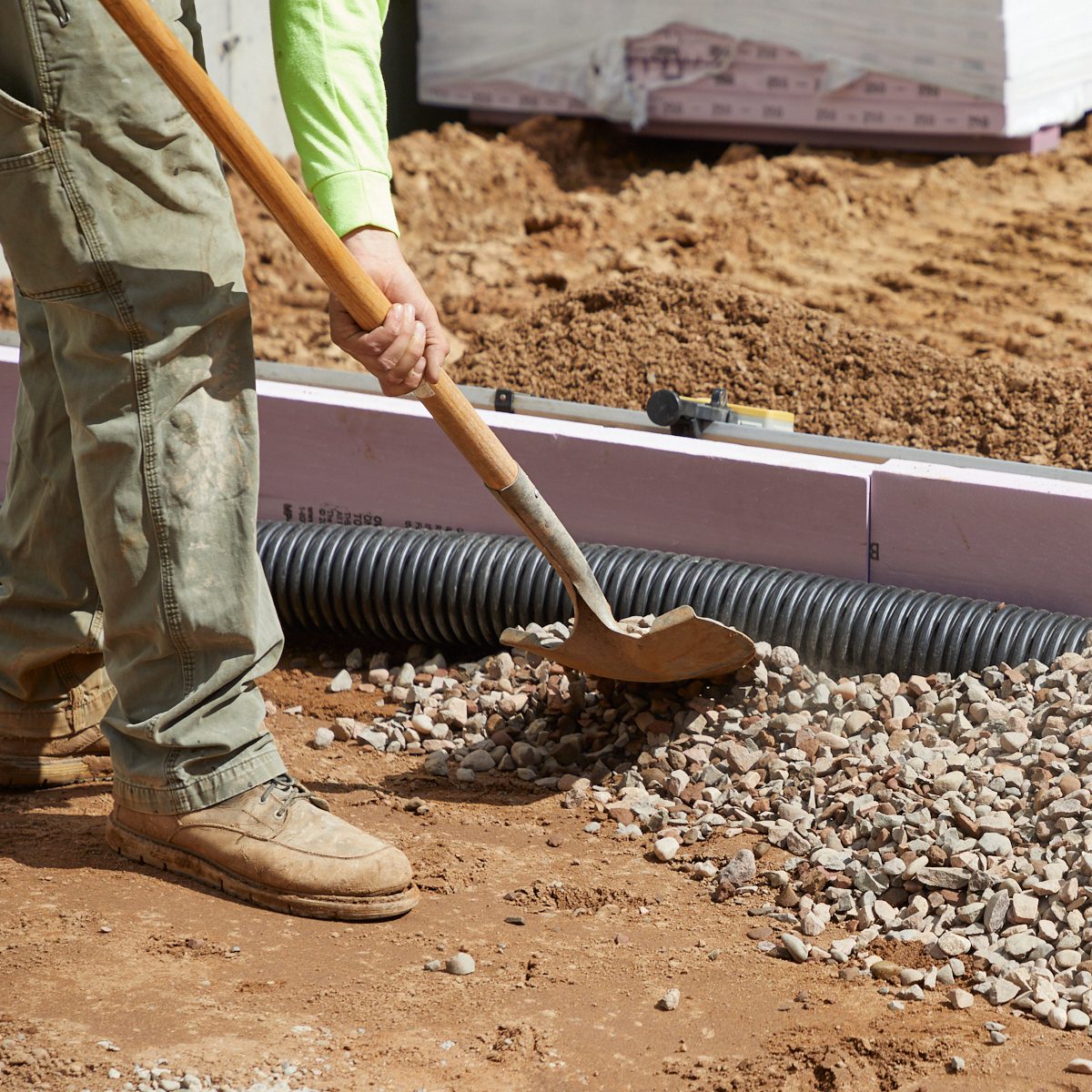
Foundation Security
In many locations, special attention must be paid to keep water outside your basement and away from your foundation. Soil testing can help inform you of those needs. Adding drain tile and other moisture abatement systems is much cheaper now than it will be when the home is finished. Something to think about.
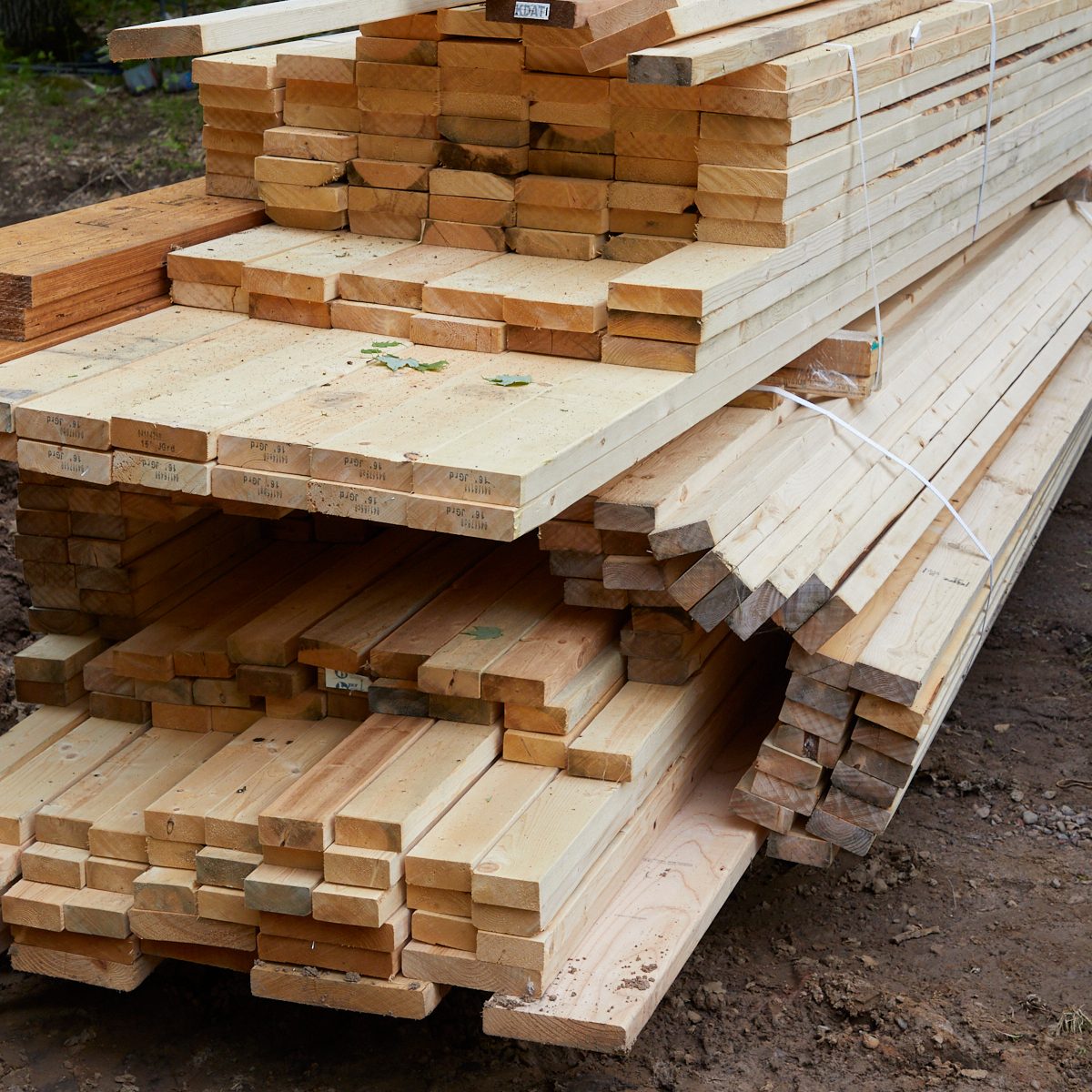
Materials and Supplies
With a plan-ahead mindset, verify the orders and arrival dates of the next materials needed in your project timeline. While the excavators are working, make sure your lumber order is teed up for delivery. Then windows, insulation, electrical supplies, drywall, etc. Keep a step ahead and remember all the hardware needs, too.
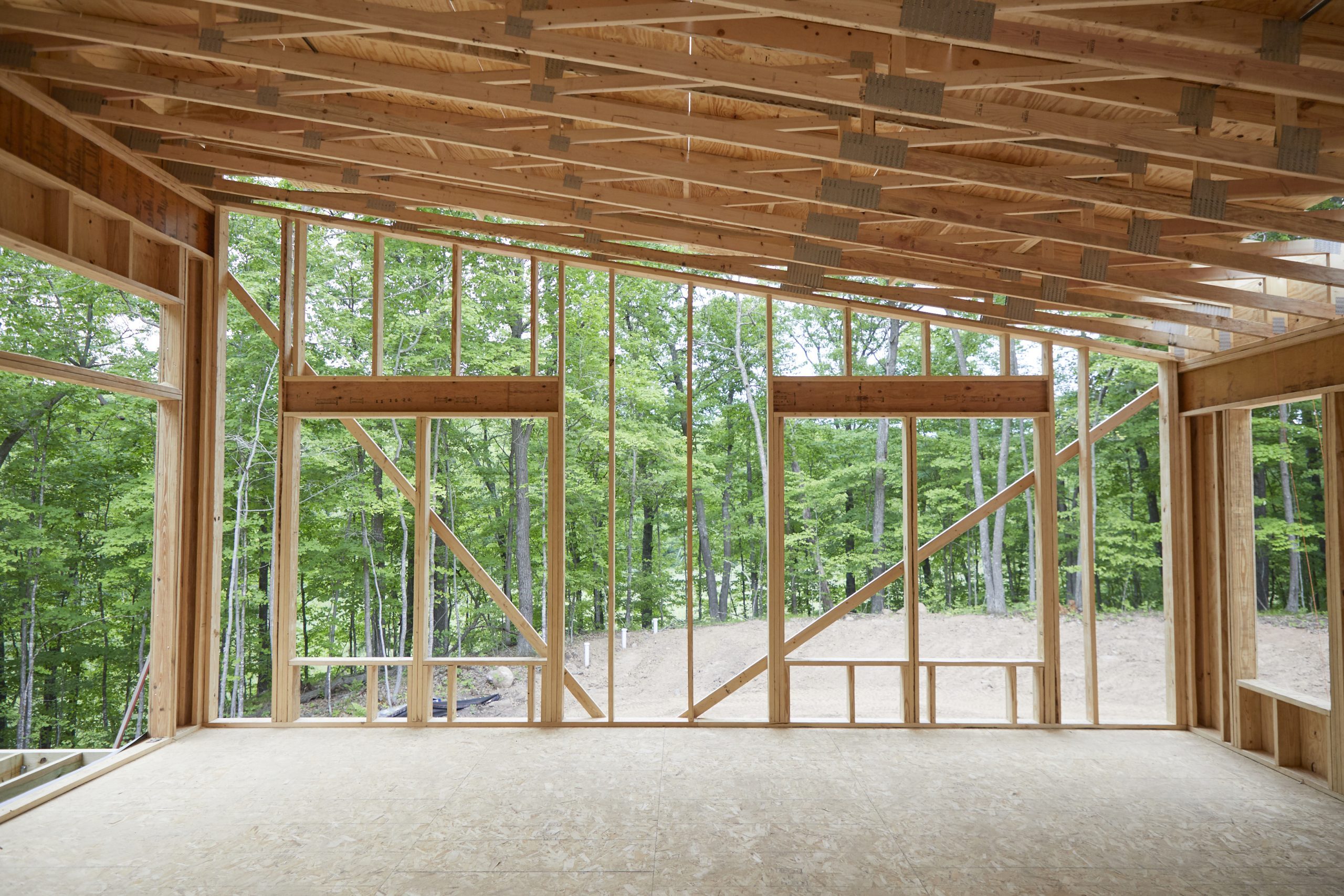
Site Cleanup
A clean work site is a safe work site. And you might save time and money by keeping the site clean at the end of each workday. Be ready with a disposal and recycling service, plan to remove scrap wood,clean up loose hardware and more. Even if you don’t do all the site cleaning, you will need waste removal service throughout this project.
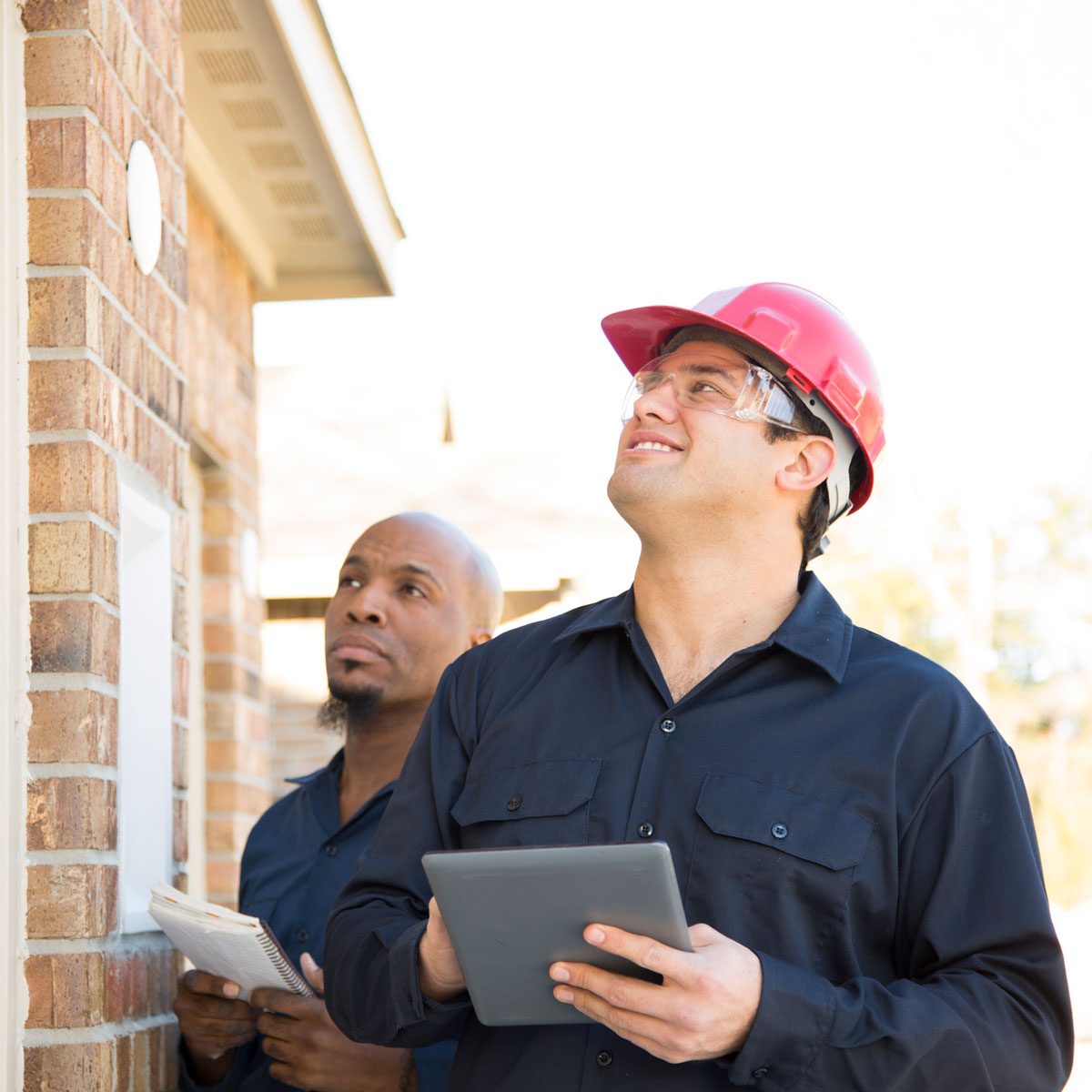
Inspections
Inspections go hand in hand with each permit, and you need to have these on a calendar. When you pass inspections, celebrate and then get back to work. If remediation steps are required, make sure you and your subcontractors are prepared to make things right.
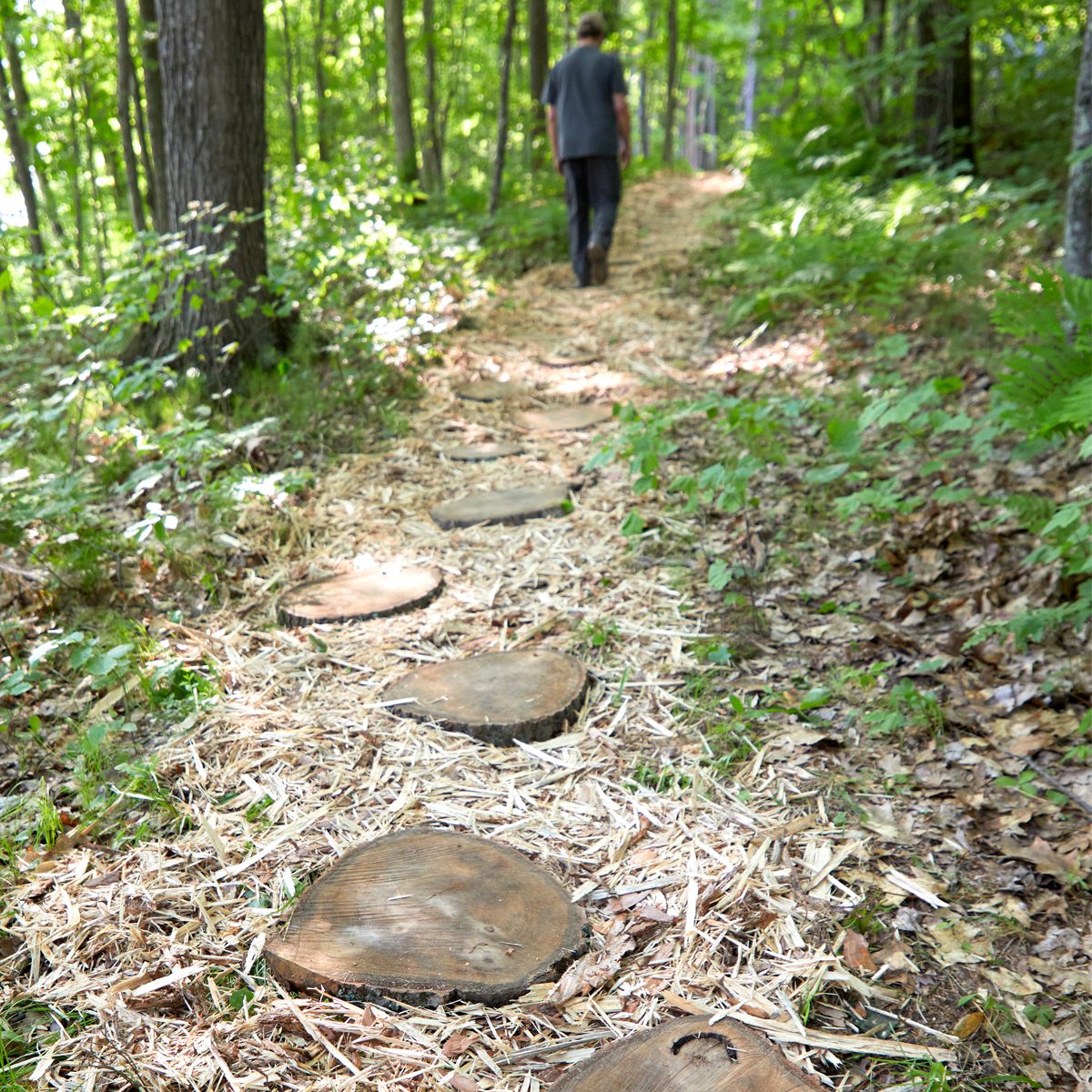
Landscaping
While the ground is disturbed, consider an in-ground sprinkler system and other foundational landscaping options. Should you lay sod or spread grass seed? Or are you in a location that can simply be more natural and wild?
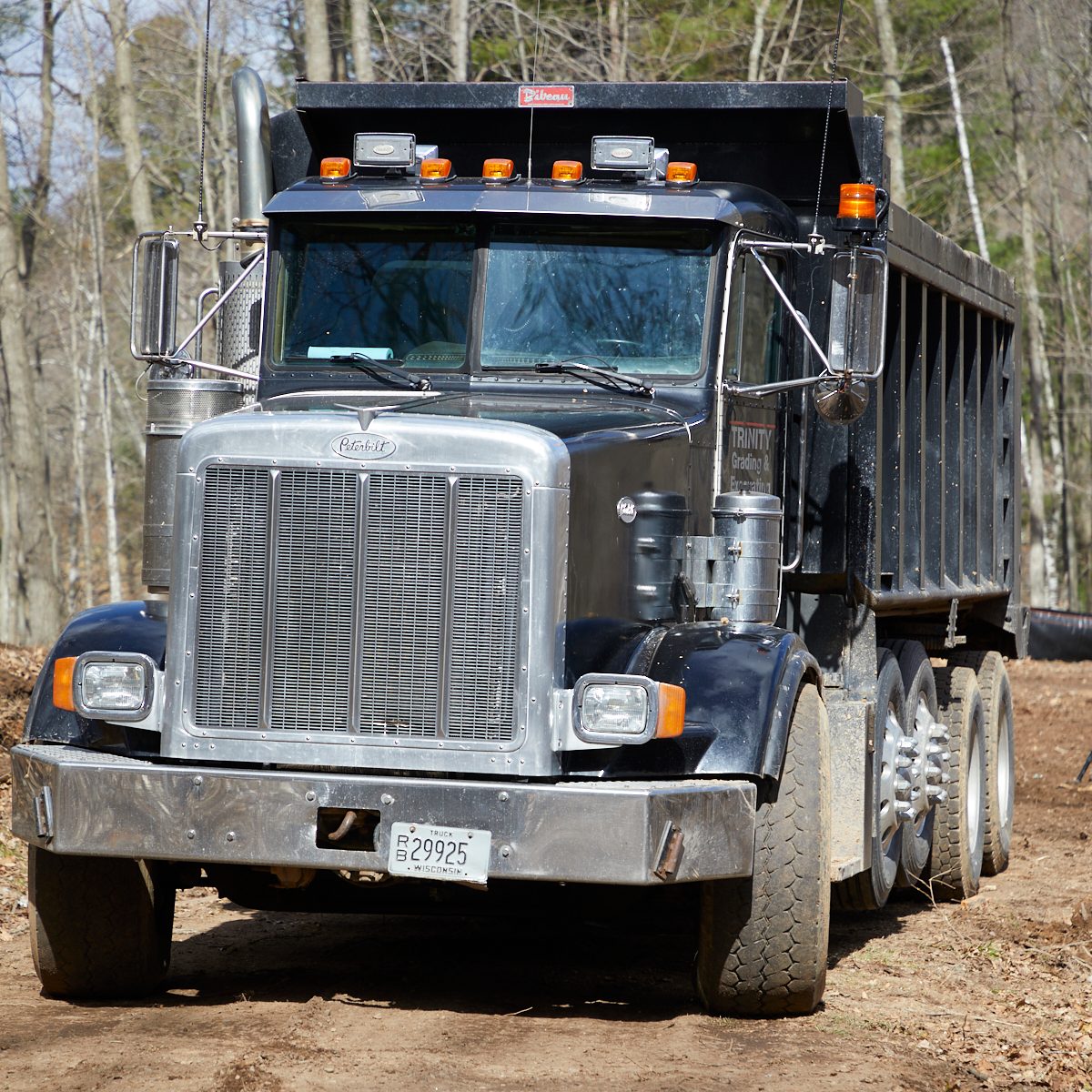
Driveway
By now the flow of work vehicles has created an organic driveway, but you still need to consider the finished path. This is another item that can be dictated by your surroundings. But you do need to consider the long-term impact of cars in and out, even if you’re simply laying down a gravel drive.

Interior and Finishes
Your style decisions – paint, flooring, tile and other surfaces – impact costs as well as scheduling. Make these decisions wisely and quickly. Know which ones you can easily change later, and which redos will cost you more money down the road.


